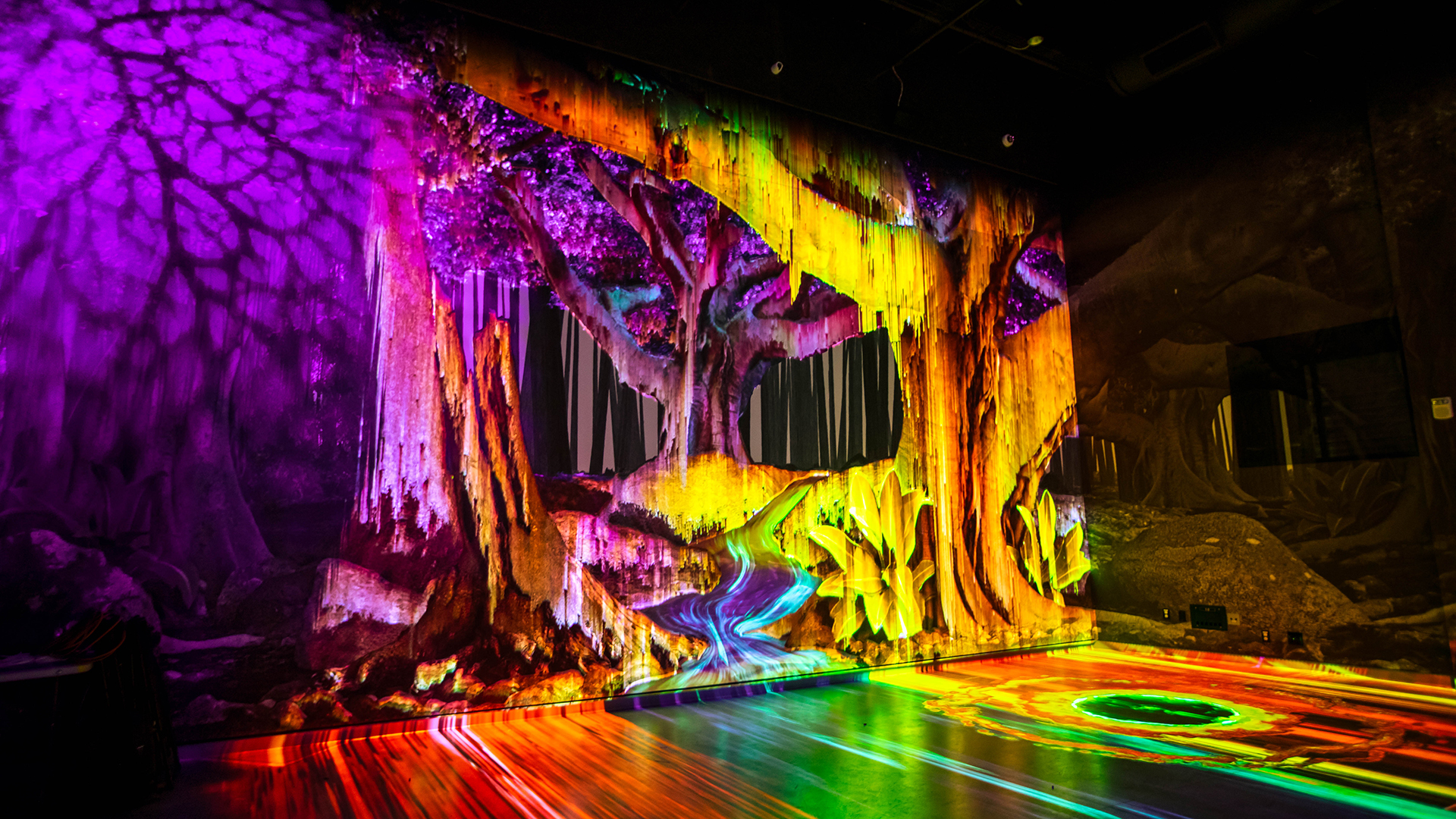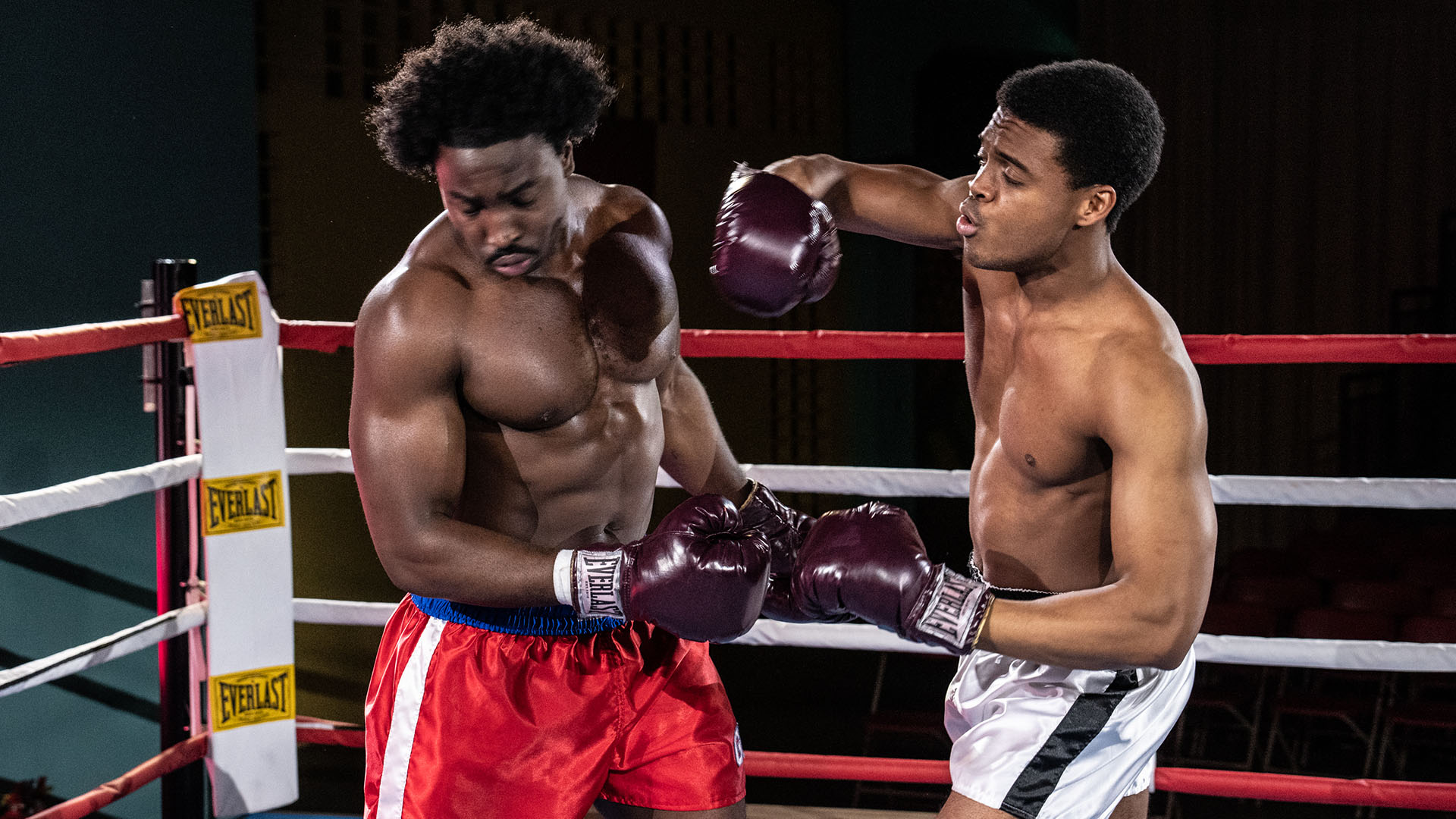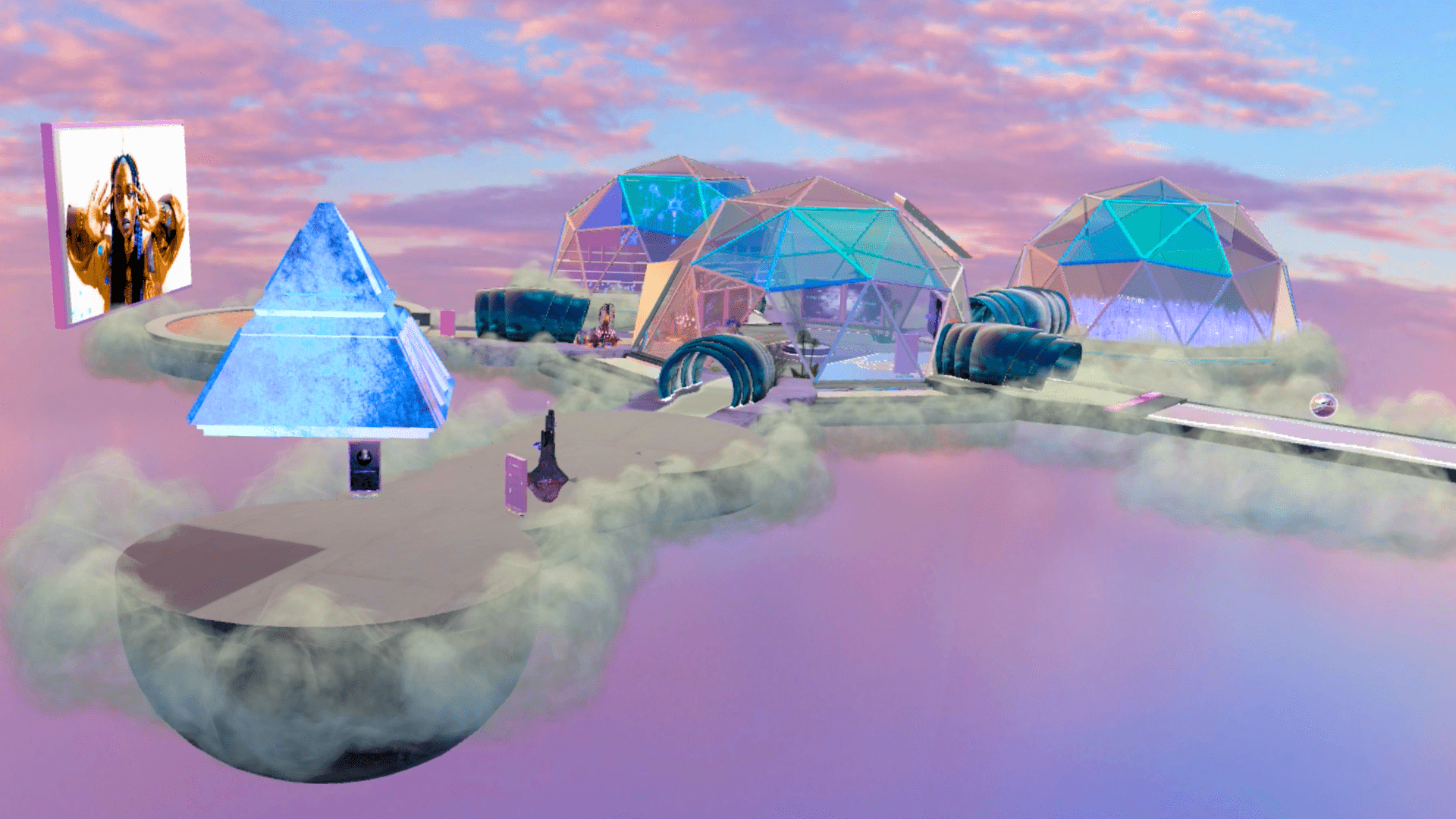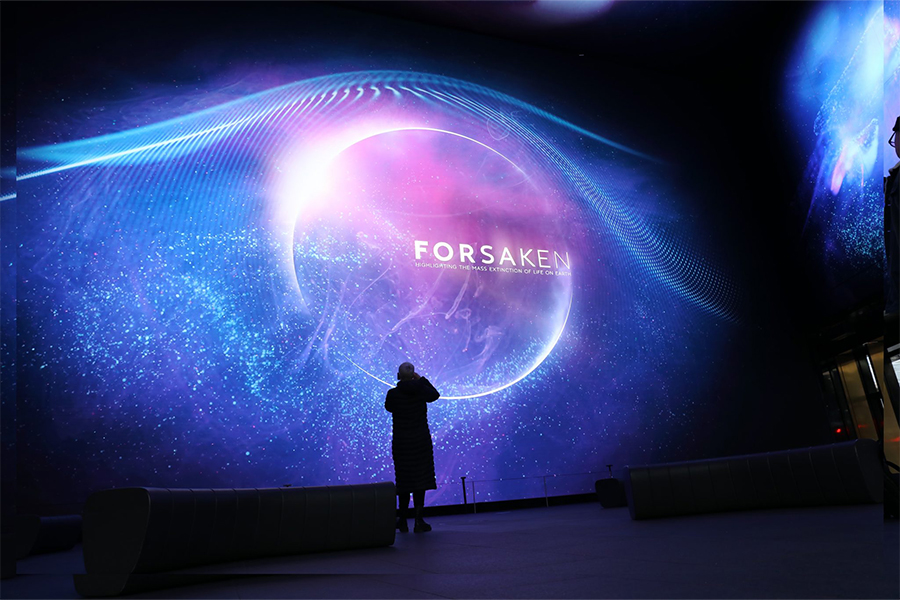For the autumn/fall return of the WXO Campfires and our 20th edition, we knew we had to start with something meaningful to the experience community. And what’s more important than immersive. It’s a sector taking off. There’s the Immersive Experience Institute in the US, the Immersive Entertainment Network in the UK, and in France, the Association Française des Artistes de l’Immersif.
But what do we mean by immersive? How can we make sure consumers and clients understand what we mean by it? And how on earth can we separate the buzz from the BS?
We think the answer might be in developing either a scale or categories for immersion. (Spoiler alert: we’re working on something similar for the Experience Economy at large, which we’ll keep you posted about when it’s ready.) So we decided to ask our Campfire to weigh in on how they define immersion – and how we might collectively create the tools to help others understand it, too.
To set the flames alight, we asked immersive pioneers Noah Nelson, Stephanie Riggs and Maël Magat to share some Firestarter talks on how they approach the term, diving into psychology, pillars and audience participation along the way. Read what they had to say in Campfire 20: The Immersive Firestarter.
And here are some key takeaways from the engaging and – can we say this? – immersive discussion that ensued.
Immersion = flow
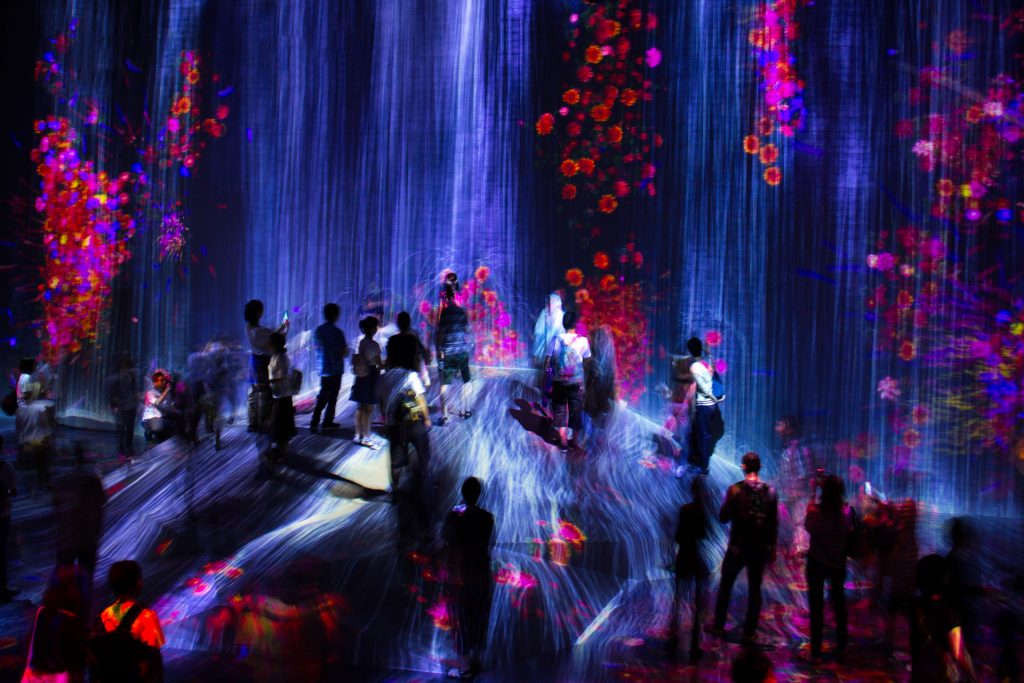
Is immersion the same as flow – and how important is it in contributing to our happiness?
According to experience design author and professor Ben Hunnicutt, the answer is yes – and very.
“Engagement is another word for immersion. And one of the empirical discoveries about human happiness is engagement, or immersion, or flow. Csikszentmihalyi talks about flow or diversion as one of the elements of human happiness.”
Ben Hunnicutt
Immersion requires physical transportation through the senses
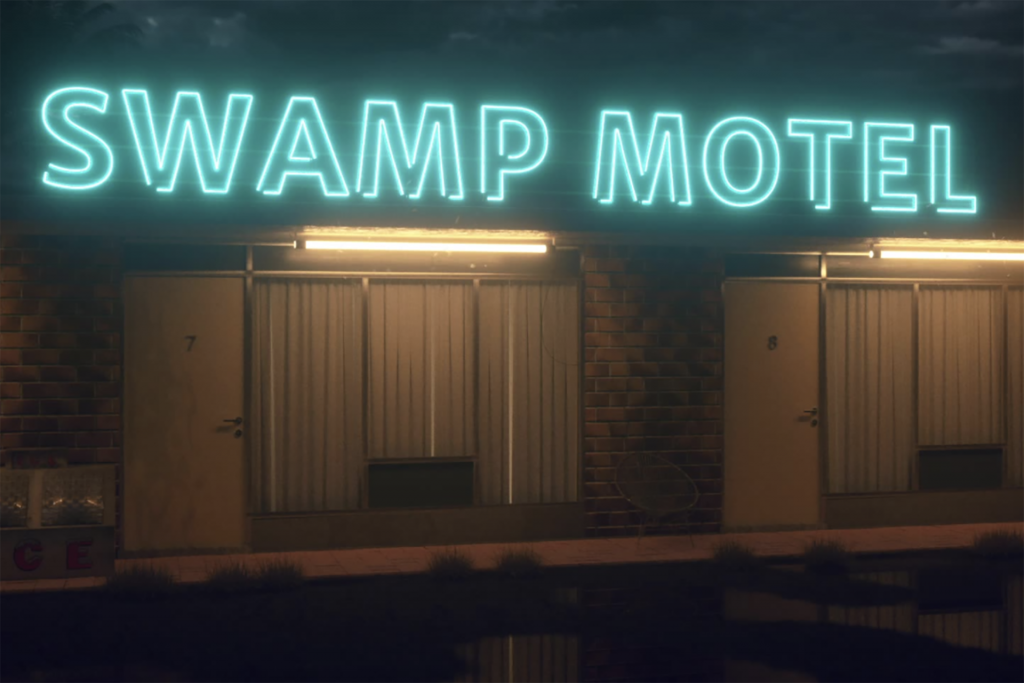
In his Firestarter talk, Nelson pointed out that reading a book could be described as immersive – but truly immersive work occurs when this effect has been designed. This could mean designing for all the senses to immerse the audience both physically and mentally.
“Immersion should be about how my physicality gets designed around or is placed within the work or the experience. What would turn a concert into an immersive experience for example, is how the concert hall is built, how I’m walking through it, where I’m running into people, if there’s a design around the orchestra, and so on.”
Julian Rad
(Sidenote: Meow Wolf’s Convergence Station contains a stage for live performances which is likley to offer more immersive music-based experiences. It’s called the Perplexiplex.)
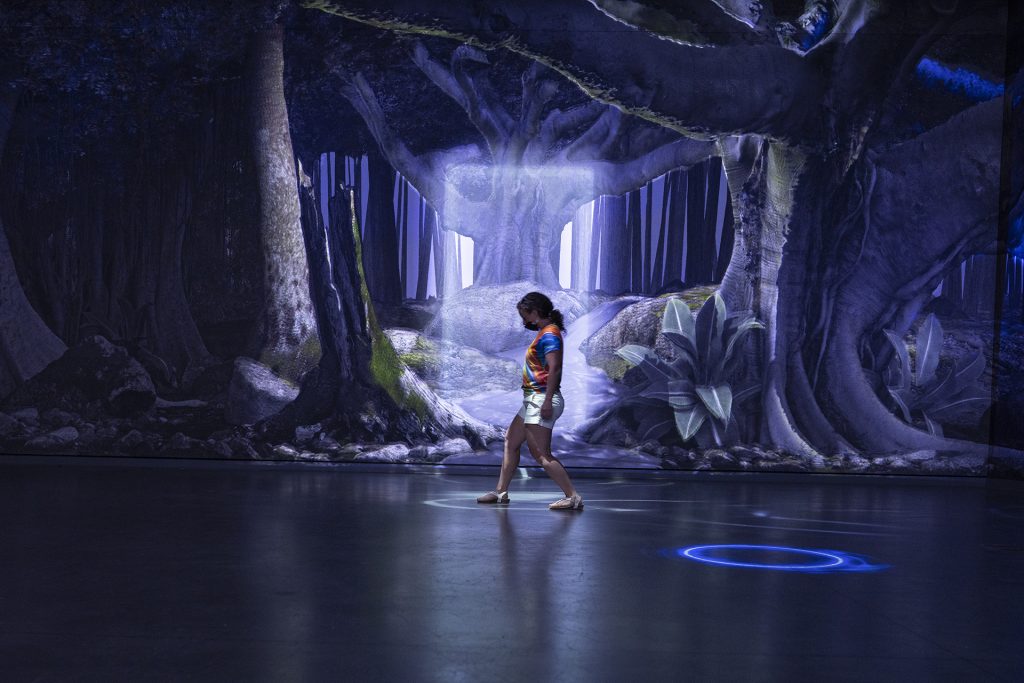
By this reading, VR falls just short of being truly immersive, as it’s primarily digital and doesn’t require your physicality being placed into an environment. However, Swamp Motel’s Ralph Barker pointed out that if VR is combined with sensory stimulation:
“VR can transport you, as you can then respond to your physicality through your sensory engagement. That’s when it gets to the convergence stage. That’s your physical senses being pumped up to 11.”
Ralph Barker
(Sidenote: read Will Storr’s The Science Of Storytelling for the neuroscience view that would suggest, strongly, that VR can be immersive. In short, if your brain believes you’re there, you’re there. We’re not saying this is the final answer though. But we believe in a multiplicity of views. )
Interactivity is only a tool in the immersive toolbox
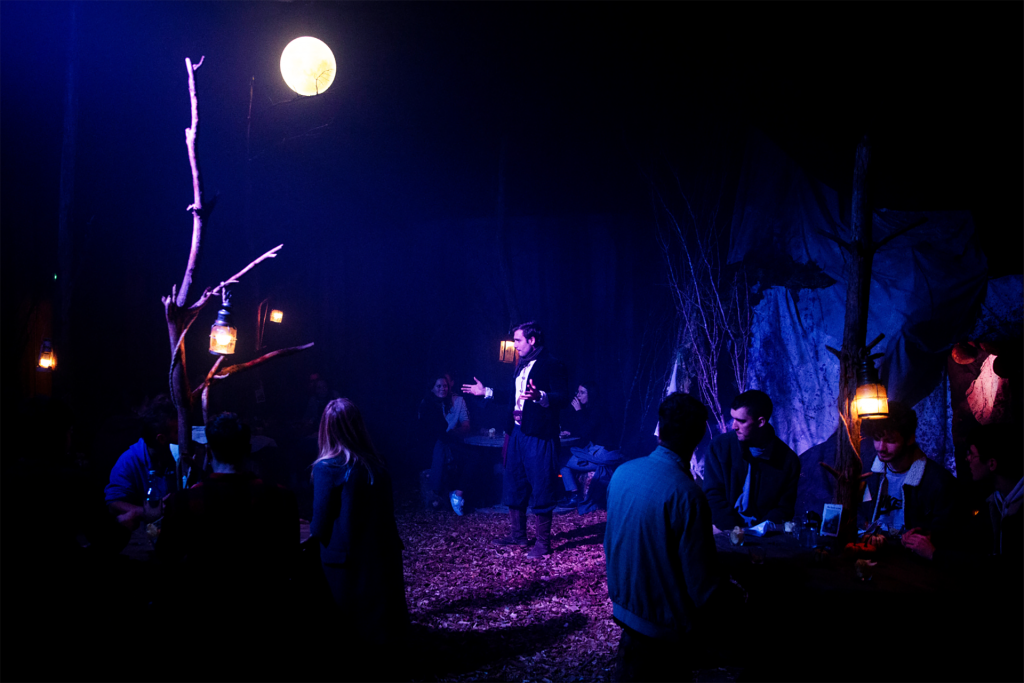
Julia Ritter, in her book Tandem Dances, looks at how dance and choreography relate to immersive. She believes that a lot of what happens in immersive theatre is actually choreography. The material of the choreography is the audience, who are choreographed through the spaces in a “tandem dance”.
“When people register an immersive experience in our database, we ask them to set what level of interactivity it has, because that is one of our key signs.”
Noah Nelson
Similarly, there’s a difference between sculpture and immersive art. Barker uses the example of a Michaelangelo sculpture versus a Christo and Jeanne-Claude wrapped artwork. For the latter, the way the audience comes together to make the event changes – and perhaps creates – its meaning.
So if immersion means putting your audience on the same level as the work itself – as Nelson stated in his Firestarter talk – does this mean that immersive always has to mean interactive?
The answer is simple: interactivity is a pathway to creating immersion. But it’s not enough on its own.
Trivia nights are interactive, for example – but they don’t invite the audience in to co-create a new world.
“The fundamental goal of an immersive work should be to invite the audience in, even if it’s just a little bit, to co-create that world. It’s not a passive suspension of disbelief, but an active suspension of disbelief. That tiny sliver of agency.”
Noah Nelson
Prime your audience
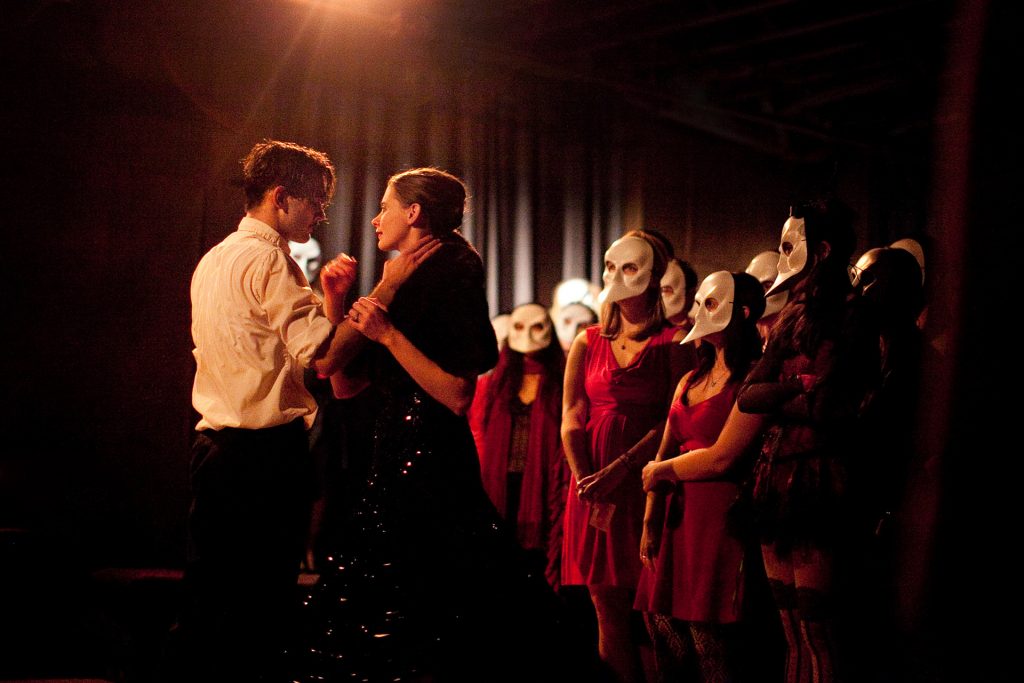
If an element of co-creation is required for immersion, your audience needs to understand what is expected of them. This is a crucial part of the process of experience design and of educating consumers to have better experiences.
“What is the role of the audience? Getting people accustomed to asking this question of themselves is part of training the audience, but also training the creator.”
Noah Nelson
So does the audience always have to be “briefed” or aware of their role to be immersed? Barker disagrees, citing the example of “passive” brand experiences.
“If you walk into a perfume shop like Diptique or Le Labo, they pump in these smells to make you feel immersed, but in a very passive way. They make you feel like you’re here for a reason, without even having given you that role. If you take that kind of approach, these immersive experiences have been going on much longer than the word immersive has been around. I think there are times in immersion where you need to feel your role, rather than be told your role.”
Ralph Barker
The world of LARPing is one where the rules are usually very clearly defined – but rather than such in-depth rules and restrictions, maybe what experience creators should be doing is defining the parameters to play within.
“I intuit what my role is through the design: I feel it out. If you give people a little bit of rules, that can lead to really high agency. Think of the rules of Punchdrunk: we want you to wear that mask. And when you’re wearing that mask, you’re going to be quiet. We like you better this way. They’re positioning you just a little bit.”
Noah Nelson
In this way, perhaps we’re all improv actors now: feeling our way into our roles without being explicitly told what they are. And that’s, we believe, where the art of priming comes in. (Sidenote: We’re going to reach out to our improv and behavioural psych friends for a future Campfire, as we believe this is an essential part of all experiences, especially immersive ones.)
Invite, don’t force
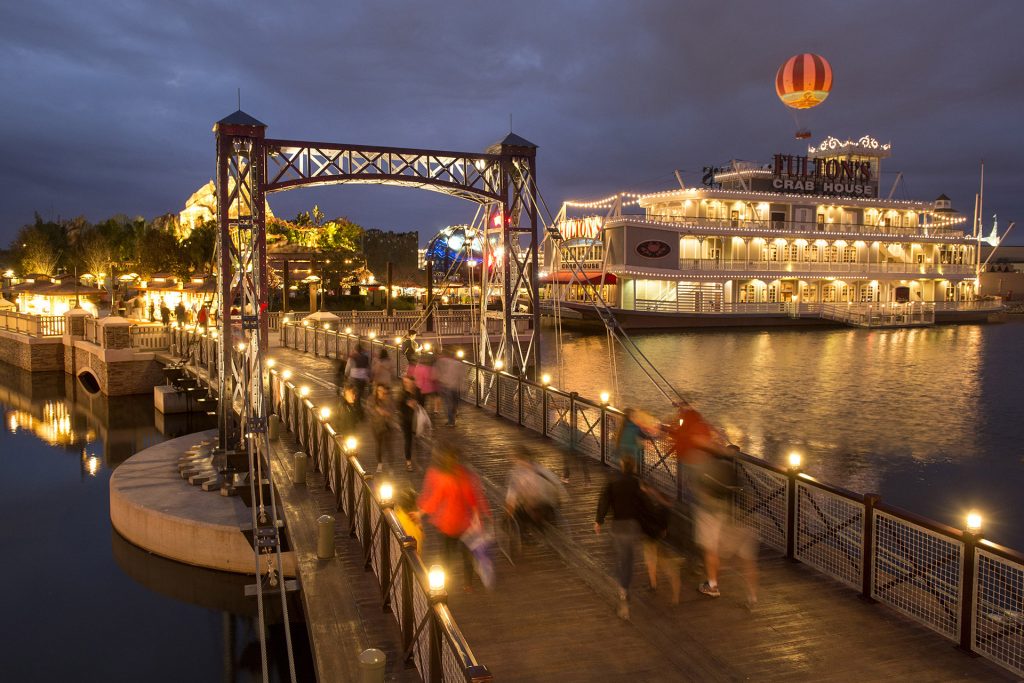
However, putting the burden of agency onto the audience doesn’t always work. Some people don’t want to be dragged on stage. Some want to be passive participants. In the words of WXO Co-Founder Martin Coat, people are either “skimmers, swimmers, or divers”.
“We can’t forget that we’re dealing with a massively wide variety of audience members from all over the world who can choose to be immersed and to leave their world behind, or can choose not to. It’s not always dependent on the amount of money, time, energy or expertise we put into it.”
Theron Skees
Perhaps the key element of making anything immersive, therefore, is being aware of how different members of your audience will react. And the most important part of your experience is how you invite them in.
“An invitation is a premise with a promise. We set up a story, because stories involve emotional connections. That’s how we make a connection with an audience member that lasts a long time – because we’re using all five senses of the brain. So as experience designers, we lean into all five and we connect in a story-driven way. But the audience has to be invited in. That way they make the choice to enter that experience, and let their guard down. And that’s how they achieve the promise of the premise that we’ve set.”
Theron Skees
How can we measure immersion?
So it’s clear key components of immersion include:
- interactivity
- story
- sensory engagement
- agency
(Sidenote: these, constructed by those in the industry, map almost exactly on to how the science sees it. Read about the IDEA-Vt approach to analysing an experience in James Wallman’s review of Swamp Motel’s Kindling Hour.)
But even if all are present, we can’t be sure that something is immersive. Which brings us back to our opening question: how can we know that an experience is truly immersive, and should be labelled “immersive”? After all, immersive must mean more than very engaging…
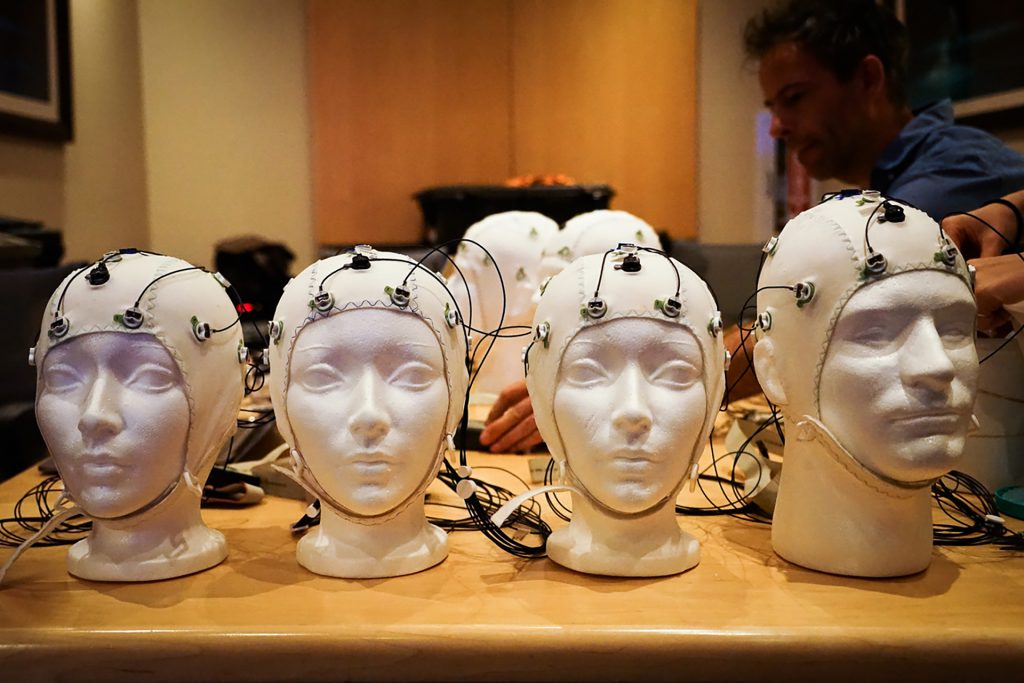
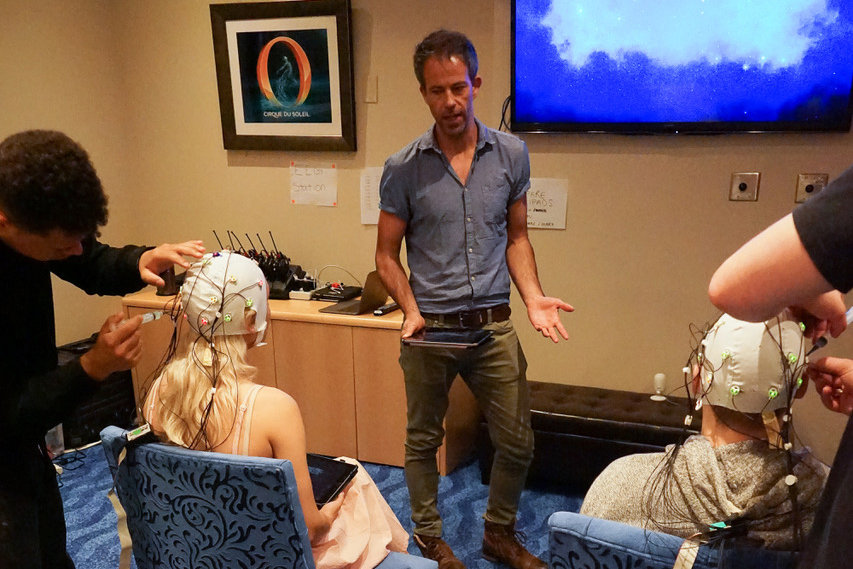
Perhaps neuroscience holds the key. Susan Isko mentioned the Lab of Misfits, a “perceptual neuroscience creative studio” which experimented with neuro indicators during a Cirque du Soleil performance to try and discover what they thought had achieved immersion. And of course, in Campfire 9 WXO Co-Founder and neuroscientist Paul Zak told us how he has developed a methodology to measure immersion in the moment. Decades of research have led Zak to conclude that “attention + emotional resonance = immersion”.
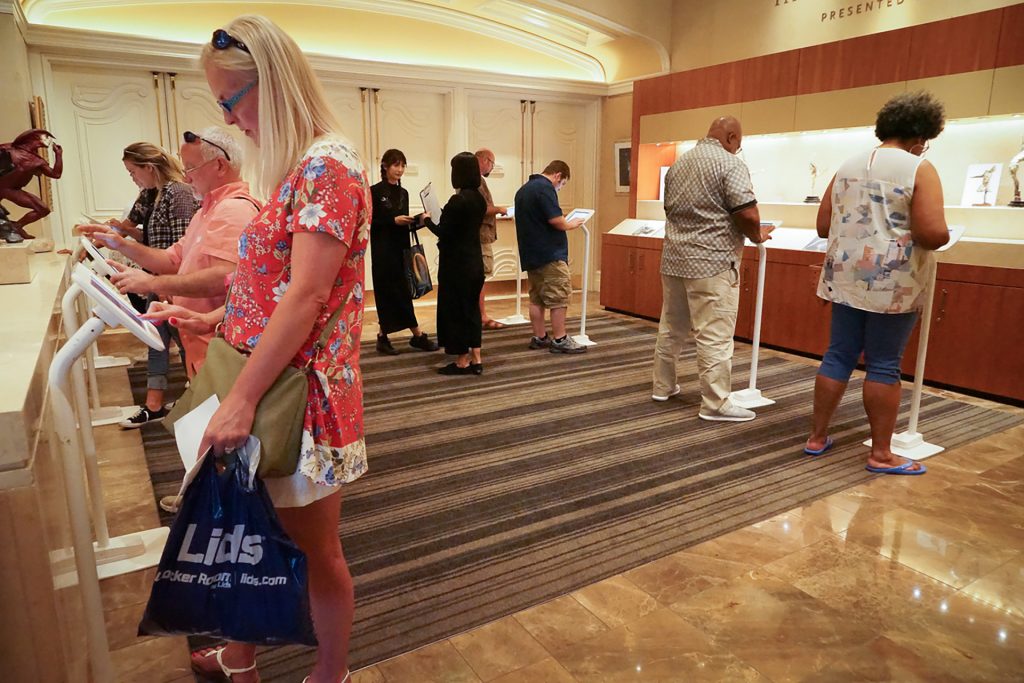
But still, we can’t measure everyone. And even if we did, how can we communicate to people before they come – to help them decide if this experience is for them? Actually, a few people have been working on this.
One is a scale by a US website named Haunting. The Haunting Intensity Scale runs from Zero, for traditional stage shows, to Ten, where guests will face “all aspects of simulated death: electrocution, suffocation…” It’s a useful scale for fans of haunted house shows. But more useful for most of us is the ratings system in the 2020 Immersive Entertainment Industry Annual Report. Written by Ricky Brigante and Sarah Elger of Pseudonym Productions, and edited by Nelson, this includes a rating system that gives visual examples of what immersive certification might look like in the general entertainment industry. For example:
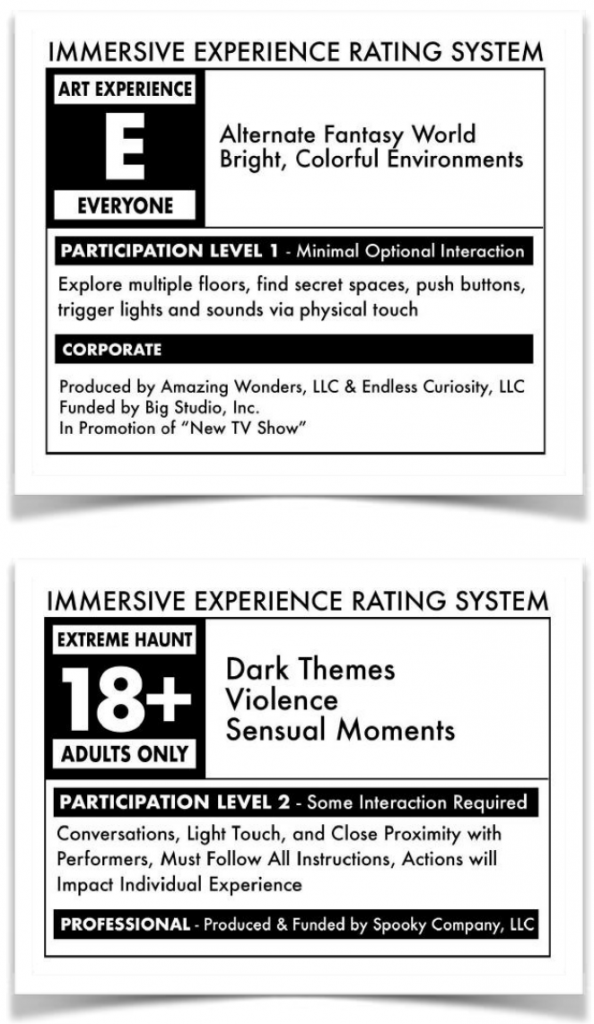
This strikes us as a fantastic start. Just as with movie ratings, this will help people choose the sort of entertainment experience that’s right for them.
At The WXO, we’re interested in the cross-section of all experiences, from entertainment to customer experience, travel experiences, urban design, and the wider human experience. So we’re working a certification for all experiences with experts from across the Experience Economy. Think of B Corp certification, or the rating system Decanter gives to wine, Michelin and Zagat’s give to restaurants, or Forbes’ hotel rating system – but for experiences. We believe that this will be absolutely crucial to consumers and clients understanding the value of experiences, including immersive ones, and further our mission to make experiences better, everywhere.
After all, as Andrea Moccia, a Founding Member of the WXO and producer at Secret Cinema, told us:
If for their first taste, someone has a sub-par experience, their nose will be turned, and they won’t come back.”
Andrea Moccia, Secret Cinema
The WXO Take-Out
- It’s possible for non-immersive experiences, such as reading a book or watching a film, to be immersive – that’s when you’re fully engaged and in flow.
- But to distinguish between different types of experience, and to help consumers and clients choose what they want, and have a sense of what they’re going to get, we need industry definitions.
- To label an experience “immersive” – in advance, and as a communications and marketing tool – requires deliberate design.
- Interactivity is just one of many tools in the toolbox when it comes to creating immersion. It’s up to us to define the rest.
- Should we invite, educate or “intuit” audiences into an experience? Are we all improvisational actors when it comes to immersive, or is there room for more than one way in?
- It’s absolutely paramount that we define a taxonomy for immersion, so that we can better sell our experiences – and our industry! – to customers and clients. After all, we don’t want all the millions yet to become ardent fans like us to be burned and turn their noses up And The WXO is on the case with this…
Further reading
Want to dig deeper into some of the resources mentioned in this week’s Campfire? Here’s your Vol 20 reading list:
Thinking Fast and Slow, Daniel Kahneman
The Expectation Effect, David Robson
Hamlet on the Holodeck, Janet Murray
Flow, the secret to happiness by Mihaly Csikszentmihalyi
All About Immersive or That Pesky ‘I-word’ by Noah Nelson
The Science of Storytelling, Will Storr
Time And How To Spend It, James Wallman
Interested in taking part in discussions about experiences and the Experience Economy? Apply to become a member of the WXO here – to come to Campfires, become a better experience designer, and be listed in the WXO Black Book.
[Featured image at top of this page is Perplexiplex at Meow Wolf Denver by Kennedy Cottrell.]

